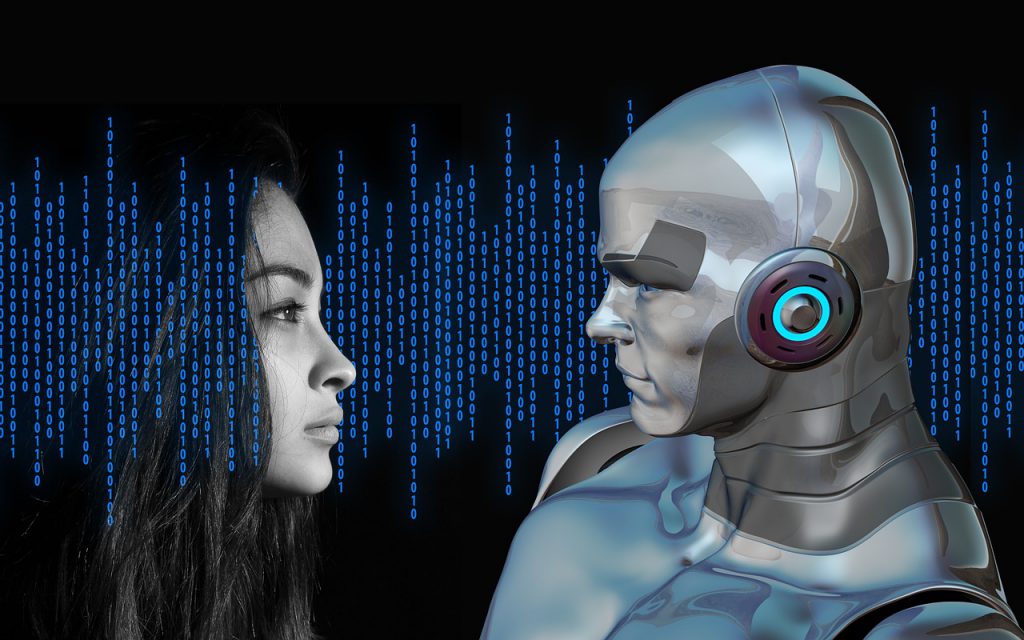The effects of AI on PR measurement
About the author
Our guest authors are what make PR Place such a vibrant hub of information, exploration and learning.

Ahead of the AMEC Summit, guest author Jennifer Sanchis spoke to Orla Graham, Senior Insights Manager at Cision, and Leon Rausch, IT Director at PRIME Research, to understand what AI means for PR measurement. One lesson stands out: we need to cut through the hype to see AI as it really is.
AI offers exciting prospects, especially for measurement professionals. From social listening to monitoring tools, machine intelligence and unstructured data, AI makes the promise to identify trends, track issues, generate sentiment analysis and produce reports for us. But is it too good to be true?
Official bodies and academics predict a radical change in the definition of our roles as communications professionals. They forecast that 38% of PR skills will be undertaken by enhanced artificial intelligence over the next 5 years1.
Unlike what some might think, the danger isn’t for our roles to disappear anytime soon. It’s to overestimate the capability of this technology on our work and fail to understand where AI’s real challenges lay.
Are machines taking over?
To a certain degree: yes. In fact, technology is hugely impacting the way we collect and process data.
“The measurement of PR and communications has come a long way from the ‘thud factor’ of clippings books and piles of cuttings”, Graham recalls. “It can do a lot of heavy lifting – data ingestion and content sourcing that previously took up a lot of expensive man hours. Topics and themes can now be automatically tagged, reducing the need for human coding on non-nuanced metrics.”
Machines are not completely taking over though. Or maybe not just yet. “The amount of change that people are expecting is accurate”, Rausch explains, “but people are overestimating the speed with which it happens”. And this overestimation of how much work is still left to do is dangerous if businesses fall into the trap of replacing humans with technology.
Humans still needed
The risk is simple: to be carried away by our enthusiasm. Both Graham and Rausch shared their experience that people seem to forget that AI and machine learning still require human intervention. The systems are only as good as the data we invest in, and it is the same for the insights.
Looking at the consumer world and its home devices such as Alexa/Google and driverless cars, Graham argues we are still far from Skynet or Ultron levels of AI yet: “These are employing machine learning to improve performance by analysing and incorporating the data that they receive, but they aren’t exactly flawless. And they’re a far cry from having true ‘intelligence’”.
This is why AI should continue to be invested in, Rausch argues. At the same time, he urges businesses and organisations to have a safety net by remaining operational without AI.
Computers can act very decisively within seconds when they find evidence that something is happening. This shouldn’t mean that we can fully trust automated insights. “Hesitation is a very human thing to do. Computers don’t hesitate”, explains Rausch. “Due to their speed, computers can start living in their own ecosystems when negative spirals appear… without us even realising it.”
What it means for measurement professionals
It is extremely difficult for PR professionals to see such a phenomenon when it is happening. So, in the next five to 10 years, there will be an even stronger need for a connection between the people who understand the technology and build the systems, with those who are using them. The measurement industry will have to embrace new data-checking methods and managers question the insights to understand if they make sense.
AI is great for data management, forecasting and analysis. Moving forward, it will become a valuable tool for risk management, community identification and reputation audits. Ultimately, it will free up time so we can focus on the creative, strategic and organisational functions of PR.
The impact of AI will be immense for the measurement and insights industry. Nonetheless, humans will still be needed because PR is not an exact science. It is not a tangible discipline. In Graham’s words: “Technology can help make us better, faster, stronger, but it can’t replace us.” So, why do we limit AI’s potential to do the same coding, analyse the same insights and replicate human interactions? Instead, let’s give it a chance to perform better than us elsewhere, where its strengths lay.
1. CIPR (2018). Humans still needed: An analysis of skills and tools in public relations.
Jennifer Sanchis is a Policy Account Manager at PRIME Research, a Cision company. She studied the Crisis Communication Diploma with PR Academy.